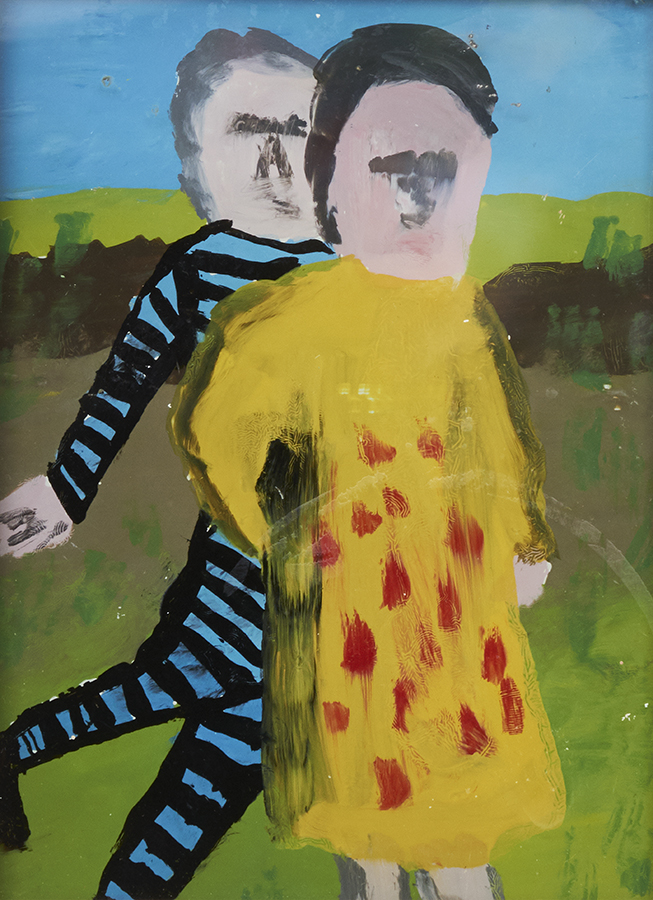In this group of paintings, the Kelly head rectangle contains a soft, haunting death mask/Veronica’s Veil portrait within a framing of yellow, blue-black and red stripes. The coloured parallels are familiar from numerous previous appearances – in the 1940s we see them in a Melbourne football jumper, in a St Kilda beach towel, a Dimboola railway signal or tiger brand flourbag. They also brand the forehead of a Self-Portrait (1943. Private collection) and they cover Kelly’s whole body in The Chase (1946, National Gallery of Australia). While the stripes are relatively familiar (albeit nostalgic and ambiguous), the nudity of the Kellys in this sequence is unusual and unsettling.
Nolan himself asks in his poem Ned Kelly: “If we picked up human beings as we pick up sea-shells on the beach, how would we respond to the square-headed boy from the bush lying in Our land’s hand… “[1]. Awkward, pink and big-headed, exposed on a blank, spaceless ground, the 1962 Kellys appear young and exposed, in spite of their guns and armour. Elwyn Lynn wrote that they presented ‘the most wispy, wraith-like, vulnerable creature Nolan has painted’[2].
More recently, Damian Smith has described how ‘the naked outlaw appears to dance across the canvas in a private and secluded performance reminiscent of indigenous Australian dance’[3]. Smith goes on to claim that these pictures, like Kelly in armour of the same year, present ‘a series of intriguing questions concerning the construction and presentation of public and private personas. Such issues can be related not only to Kelly, but also to Nolan, who faced similar issues of celebrity’[4].
Smith’s is a plausible thesis; in 1962 Nolan had returned home to Australia for the first time since 1957, a whistle-stop tour involving the opening of an exhibition at the Skinner Galleries, Perth, the launch of a film about his work and a hectic schedule of press and television interviews. These paintings may well represent the outlaw-artist cornered by and defending himself against the fire of reputation and expectation. 1. See Damian Smith, ‘Nolan through Kelly’, in Unmasked: Sidney Nolan and Ned Kelly 1950-1990 (exhibition catalogue), Melbourne, Museum of Modern Art at Heide, 2006, p. 28. Smith mentions six works. Kelly I – Kelly IV, a group of square (122 x 122) oil on hardboard works were shown at Nolan’s Marlborough Galleries exhibition in May-June 1979; II and III were included in Unmasked. Kelly VI (Christie’s Australia, 26 August 2003, lot 47) is rectangular, of the same dimensions as the present work. The (natural) assumption that this painting is the unaccounted for Kelly V is not however confirmed – the work’s inscription clearly identifies it as ‘no. 1. Having been purchased directly from the artist, it may not have been included in the Kelly I-VI group, but is rather a related but unexhibited work.
[1] Sidney Nolan, ‘Ned Kelly’, 1971, published in Nancy Underhill (ed.), Nolan on Nolan: Sidney Nolan in his own words, Melbourne: Viking, 2007, p. 411
[2] Elwyn Lynn, Myth and imagery: Sidney Nolan, London: Macmillan, 1967, p. 46
[3] Smith, op. cit., p. 28. There may be an echo of the bodies of the dancers in the Royal Ballet’s 1962 Rite of Spring, which Nolan designed.
[4] Ibid.





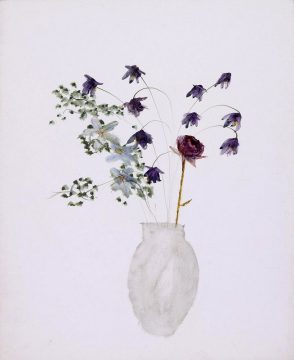



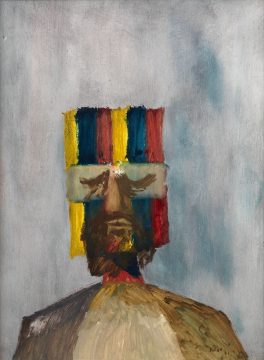



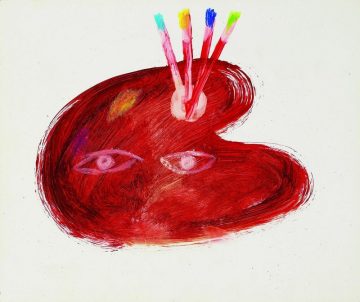
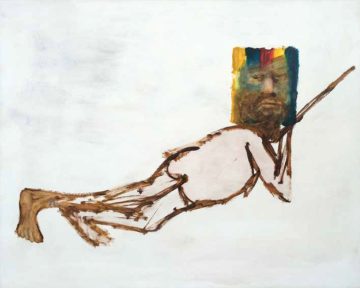







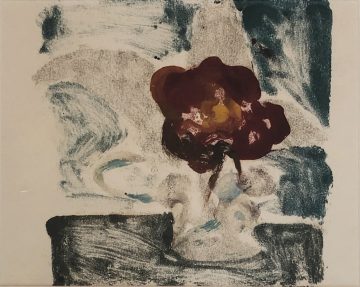














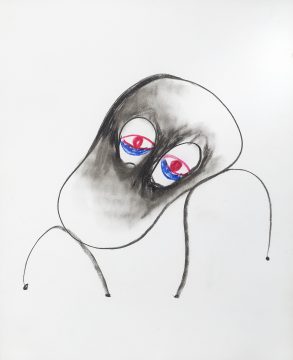








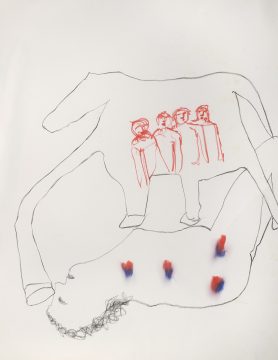


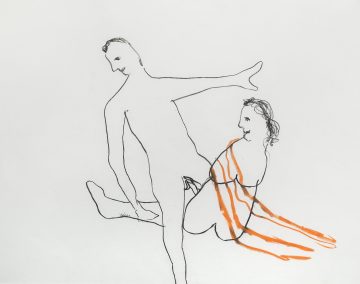



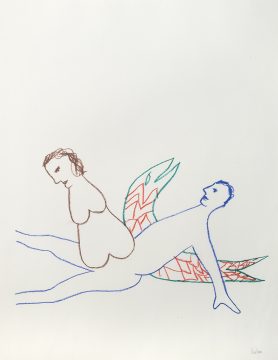





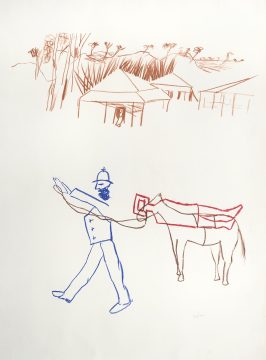


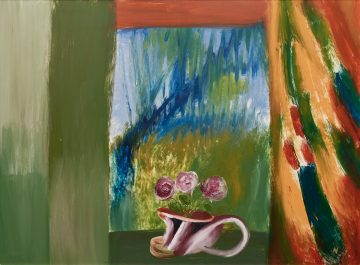


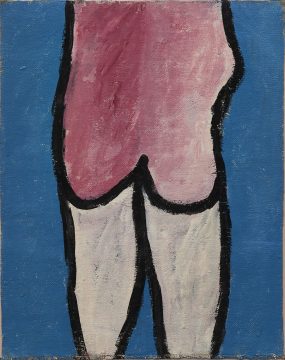
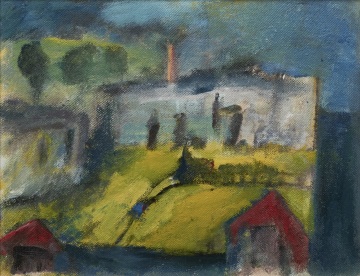













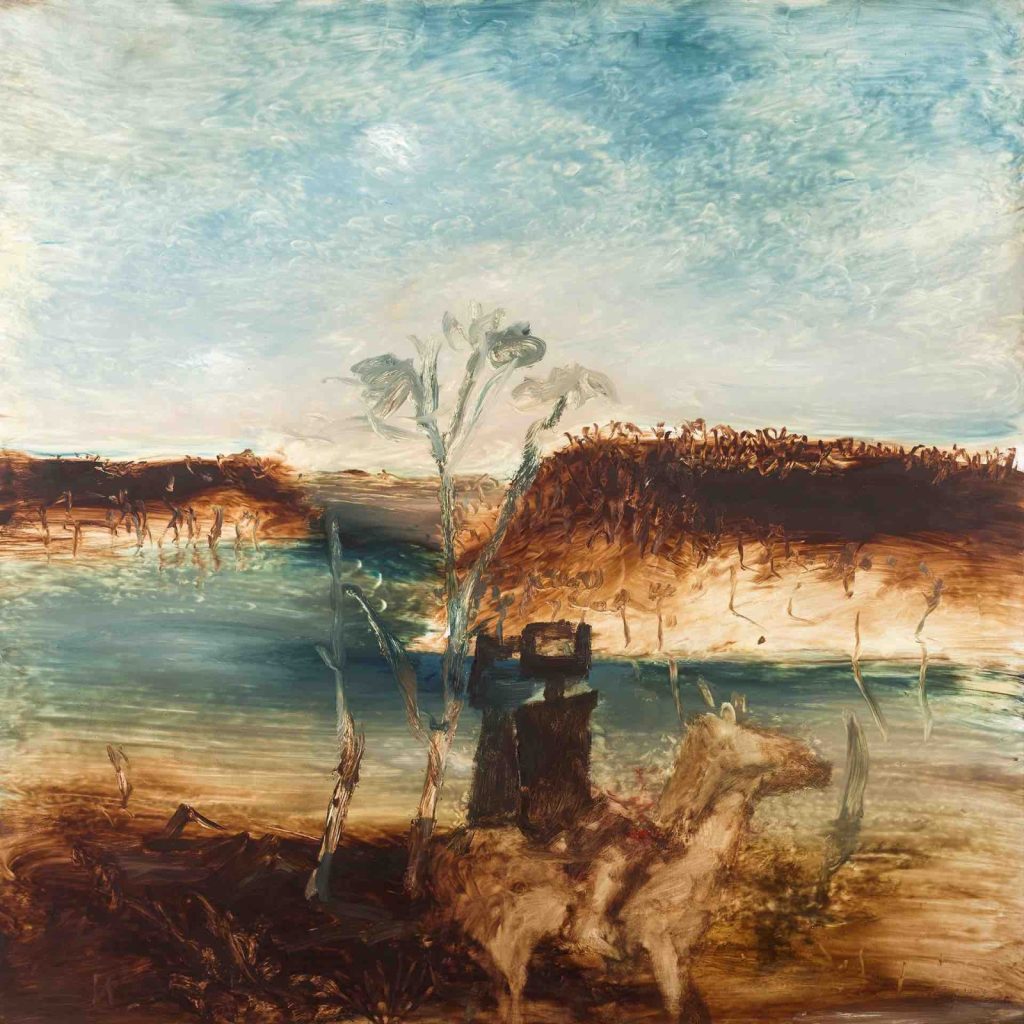

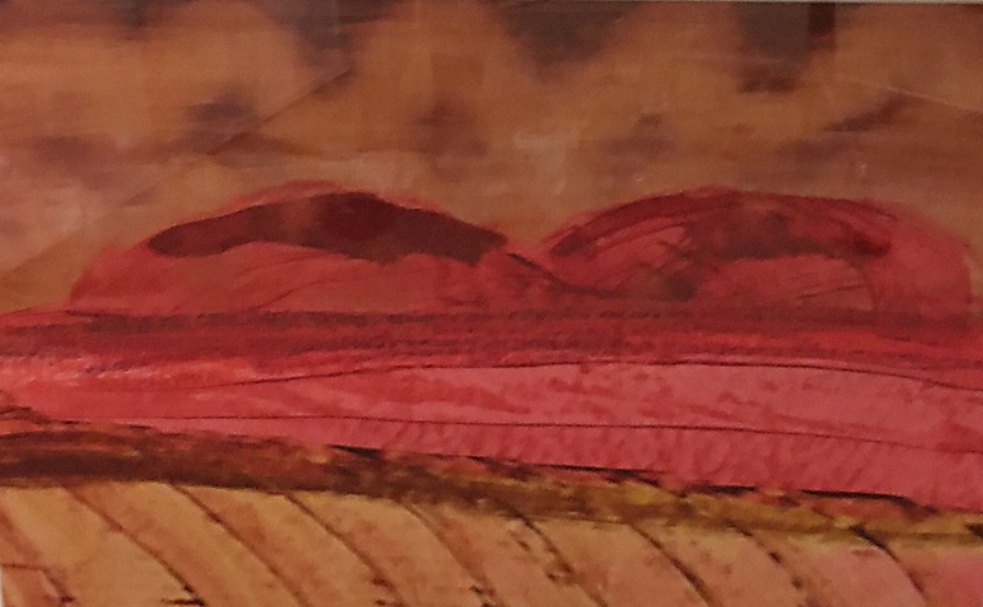










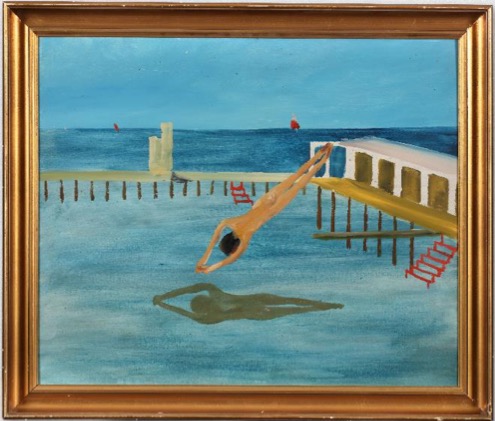















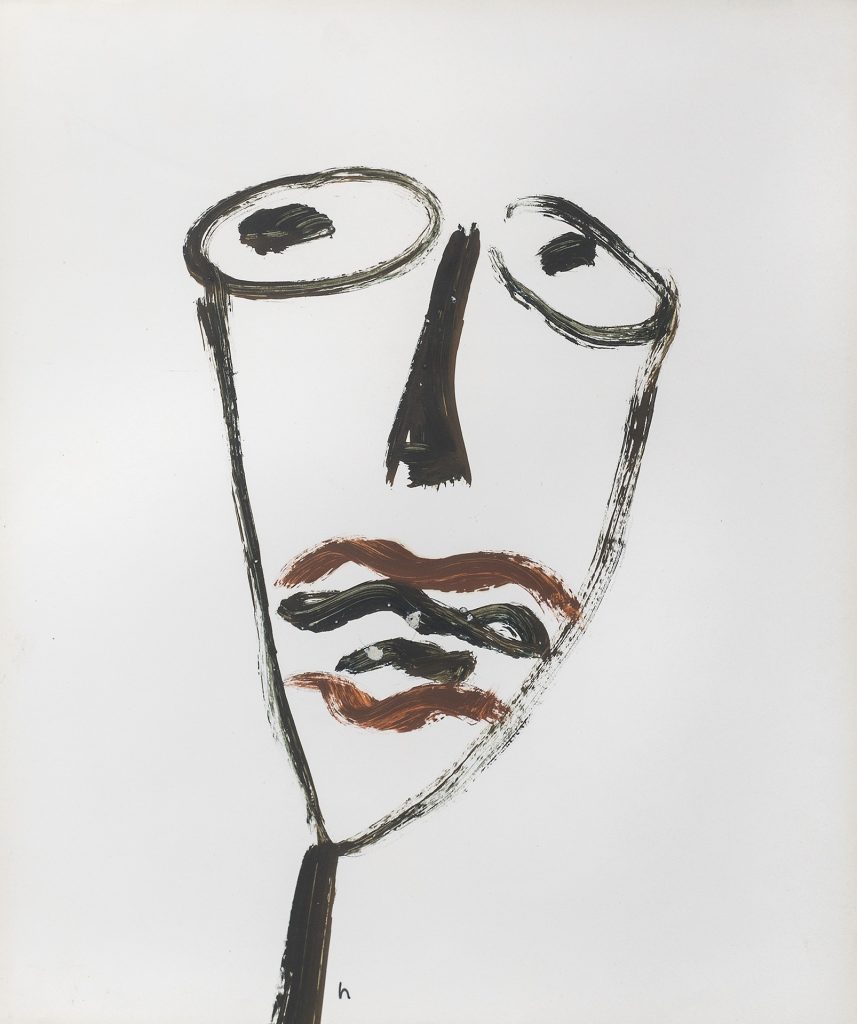




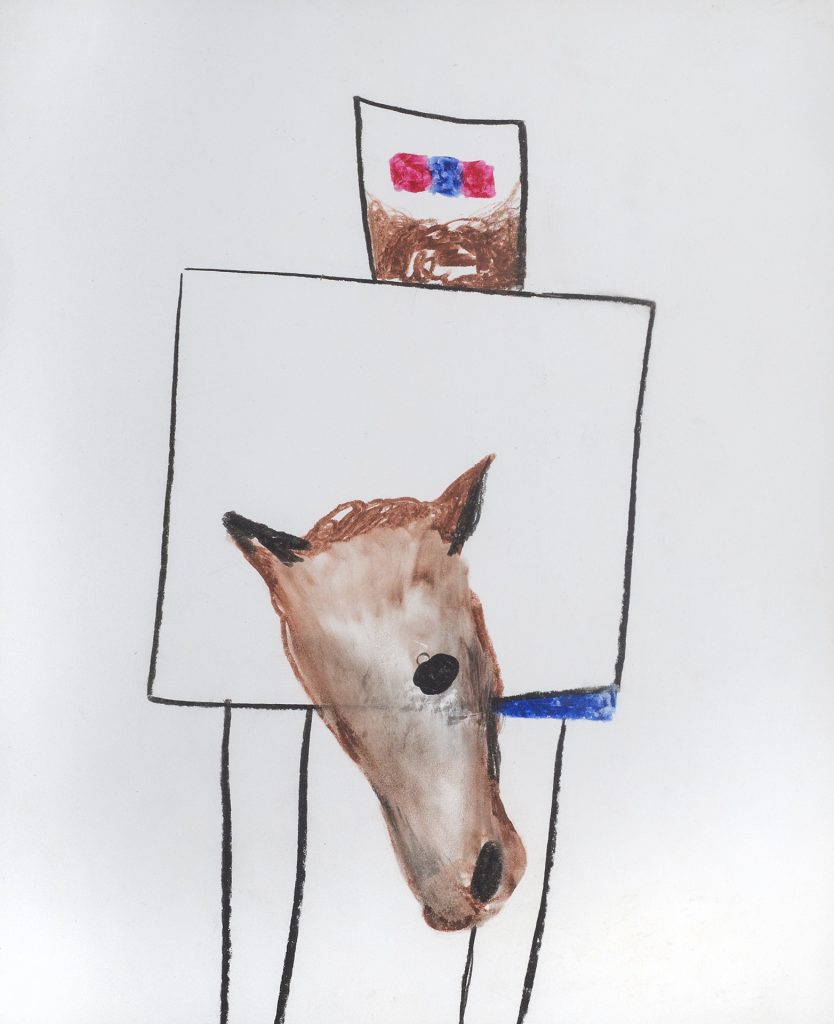
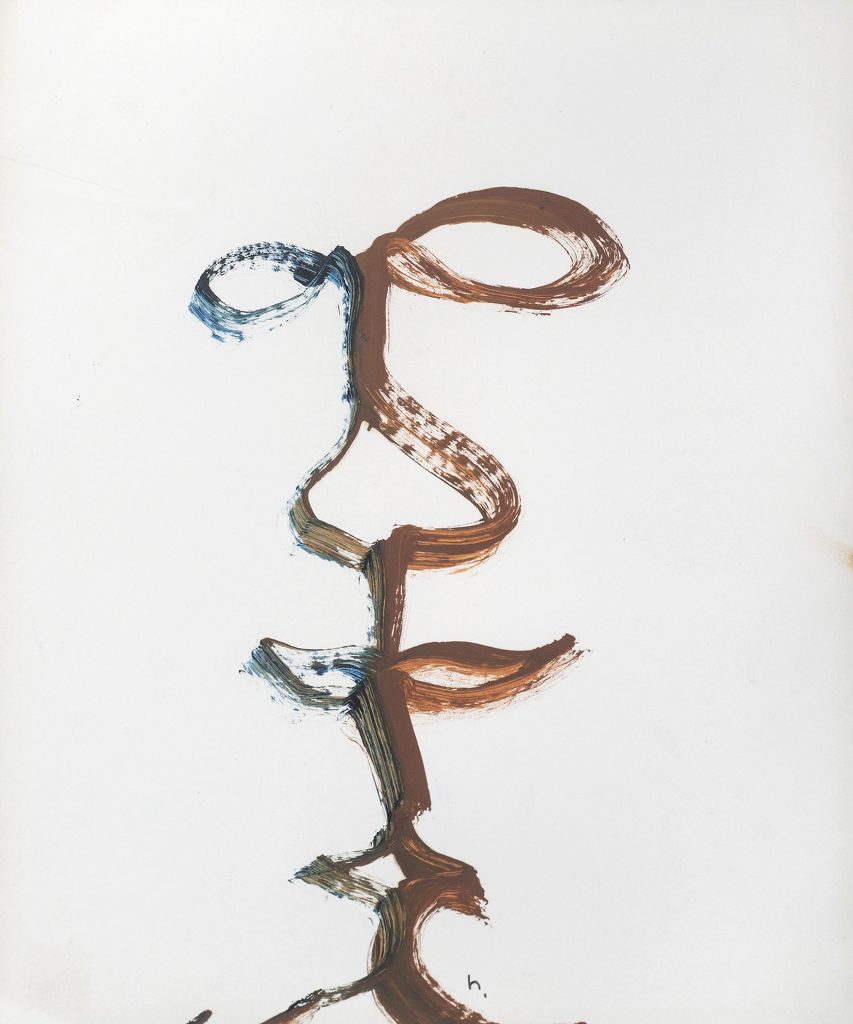










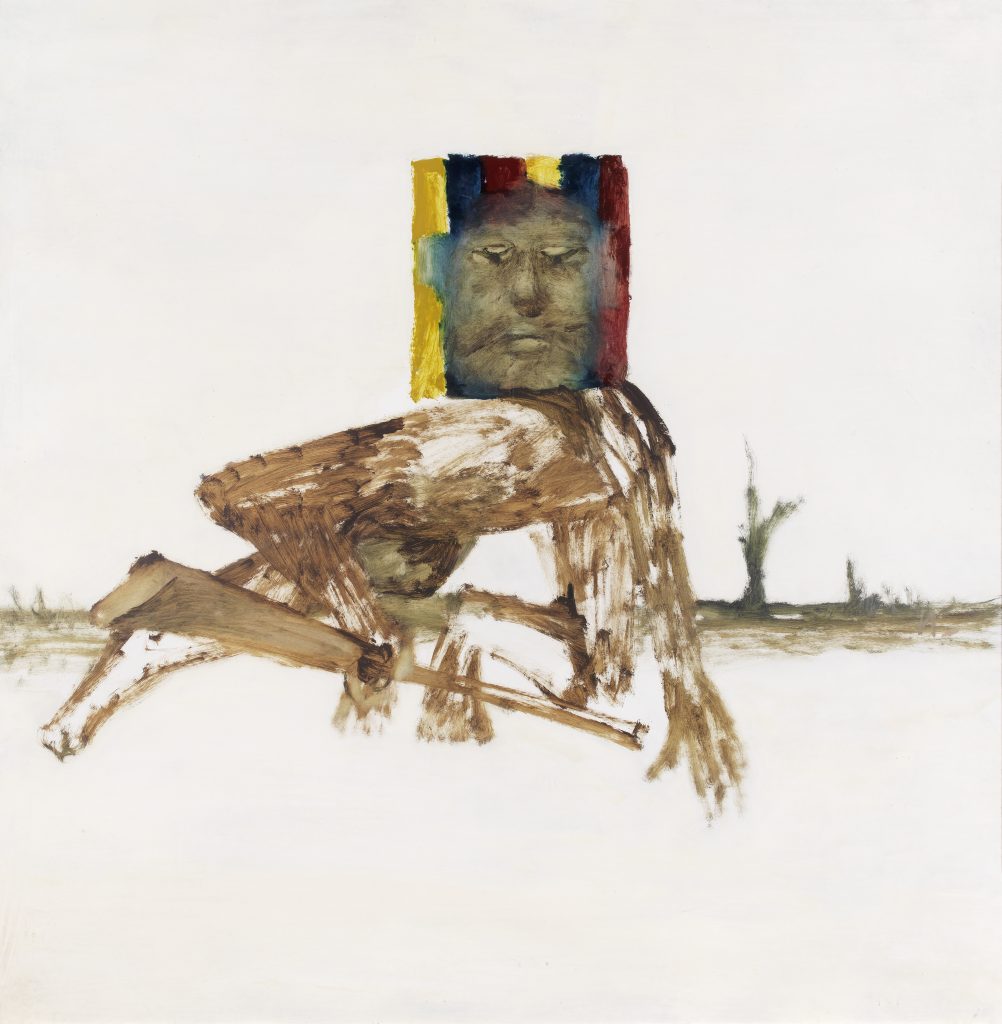







![Abstract [Tent and Eyes]](https://justinmiller.art/wp-content/uploads/2022/09/20220915-013-copy-816x1024.jpg)




